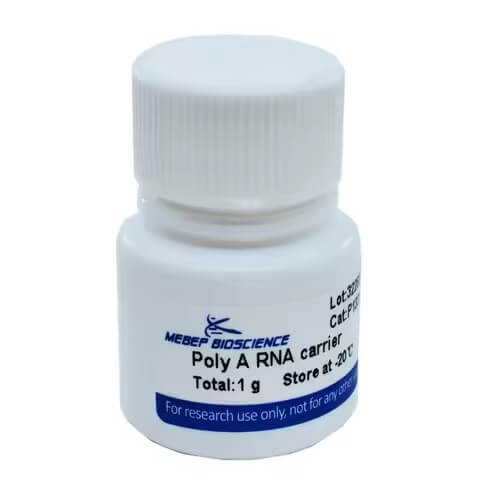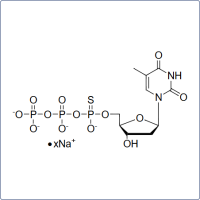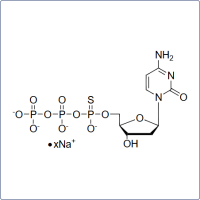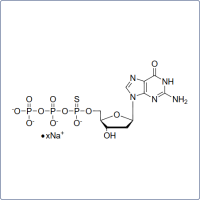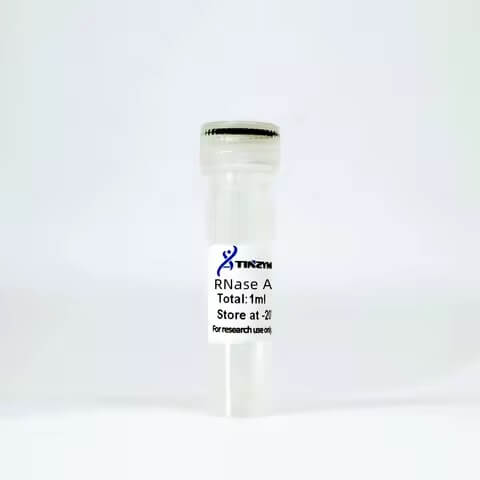
Recombinant Ribonuclease A (RNase A) Solution (Animal free)
2025-01-23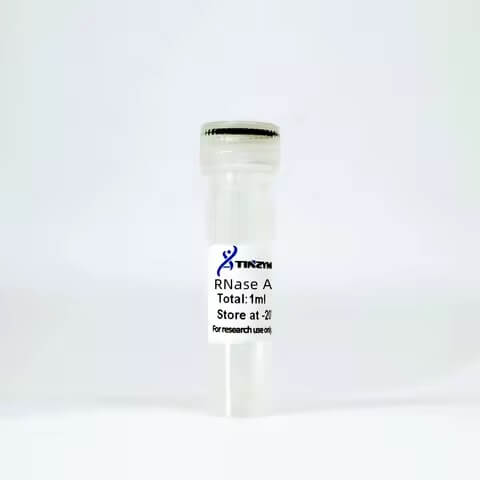
Ribonuclease A Solution (10mg/ml)
2025-01-23Poly A RNA carrier, T RNA carrier
Product Number: P1331
Storage
Poly A RNA carrier is temperature stable, can ship at room temperature. Store at -20℃, Keep away from sunlight, sealed in dry place.
Description
Poly A is a synthetic nucleic acid sequence, which increase the yield of RNA or DNA during extraction process. Ethanol precipitation is commonly used to recover DNA and RNA from liquid samples. However, ethanol precipitation cannot completely recover the nucleic acid from the sample, at least 30% of the nucleic acid will lost. If the concentration of nucleic acid in the liquid sample is very low or DNA < 200bp, only 50% DNA and RNA can be recovered by ethanol precipitation. Poly A carrier is a type of synthetic polymer. Adding Poly A carrier in ethanol precipitation can significantly improve the yield of nucleic acid precipitation, and the recovery rate of trace DNA can reach 95-98%. At the same time, short primer (< 22bp) fragments and dNTP can be selectively removed for precipitation and recovery of labeled probes, and untagged dNTP can be removed. Compared to biologically derived nucleic acid precipitation aids such as glycogen and tRNA, Poly A carrier itself is free of nucleic acid pollution, DNase and RNase activity, and does not affect digestion, connection, transcription, PCR, transformation and transfection, nor does it affect DNA electrophoresis and DNA protein interaction. Poly A carrier has become the most commonly used nucleic acid precipitant.
Package
1g, 5g, or bulk.
Working concentration
A concentration of 0.5 mg/ml is recommended.
Features
- 1. Significantly improve the yield of DNA or RNA precipitation.
- 2. The recovery of trace DNA and RNA (20pg) was 95-98%.
- 3. It does not affect the enzyme cutting, linking, transcription, PCR and other reactions.
- 4. It does not affect the interaction between electrophoresis and DNA protein.
Note
Poly A carrier will increase the optical density value of RNA or DNA. Thus, when measuring the optical density value, to eliminate the influence of Poly A carrier, a blank control sample should be made according to the same experimental process (use the same reagent and Poly A carrier, but do not contain RNA or DNA samples, and dissolve the final Poly A carrier precipitation in the same solution as the sample). The optical density values of sample and blank control were measured at 260 and 280 nm. The actual optical density of the sample can be obtained by subtracting the optical density of the blank control from that of the sample. If the quantification does not need to be very accurate, it can also be estimated.
